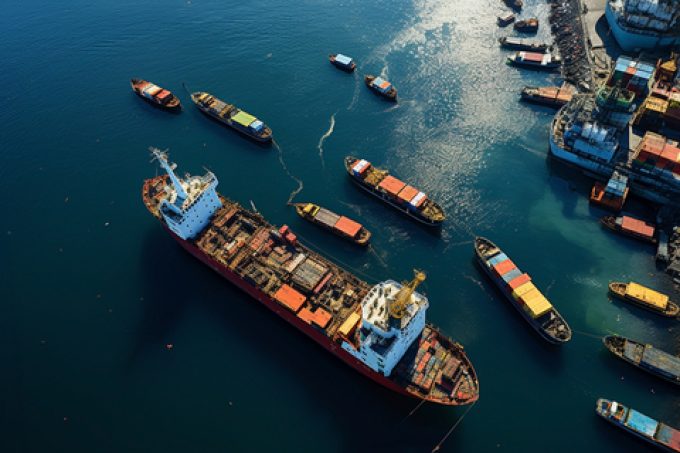MSC moves into Nador West Med, as TiL takes minority stake in box terminal
MSC has become the latest carrier to seek to expand its west Mediterranean port capacity ...

Additional tonnage being introduced to the ocean shipping market next year presents “an opportunity for shippers” to use the broad spectrum of carrier alliance strategies to their advantage.
In Xeneta’s 2025 ocean shipping forecast, the analytics platform says “a large-scale return to the Red Sea seems inconceivable at present”, but a partial return could be on the cards for some carriers.
Senior shipping analyst Emily Stausbøll advised: “This situation creates an opportunity for shippers, as long as they understand how to ...
Up to $1.5m fee for every Chinese-built box ship calling at a US port
$1.5m China-built ship charge would bring return of US port congestion
Carriers warn of cargo disruption due to strikes at Munich Airport
MSC switches bigger box ships to higher-paying trades in 'landmark' move
Carriers put on a brave face amid further decline in ocean spot rates
Business calls for end to French port strikes, but unions plan more
Sanctions-busting forwarder jailed, while Europe 'ramps up the pressure'
Taiwan and South Korea lines don't fear US levy on Chinese ships


Comment on this article